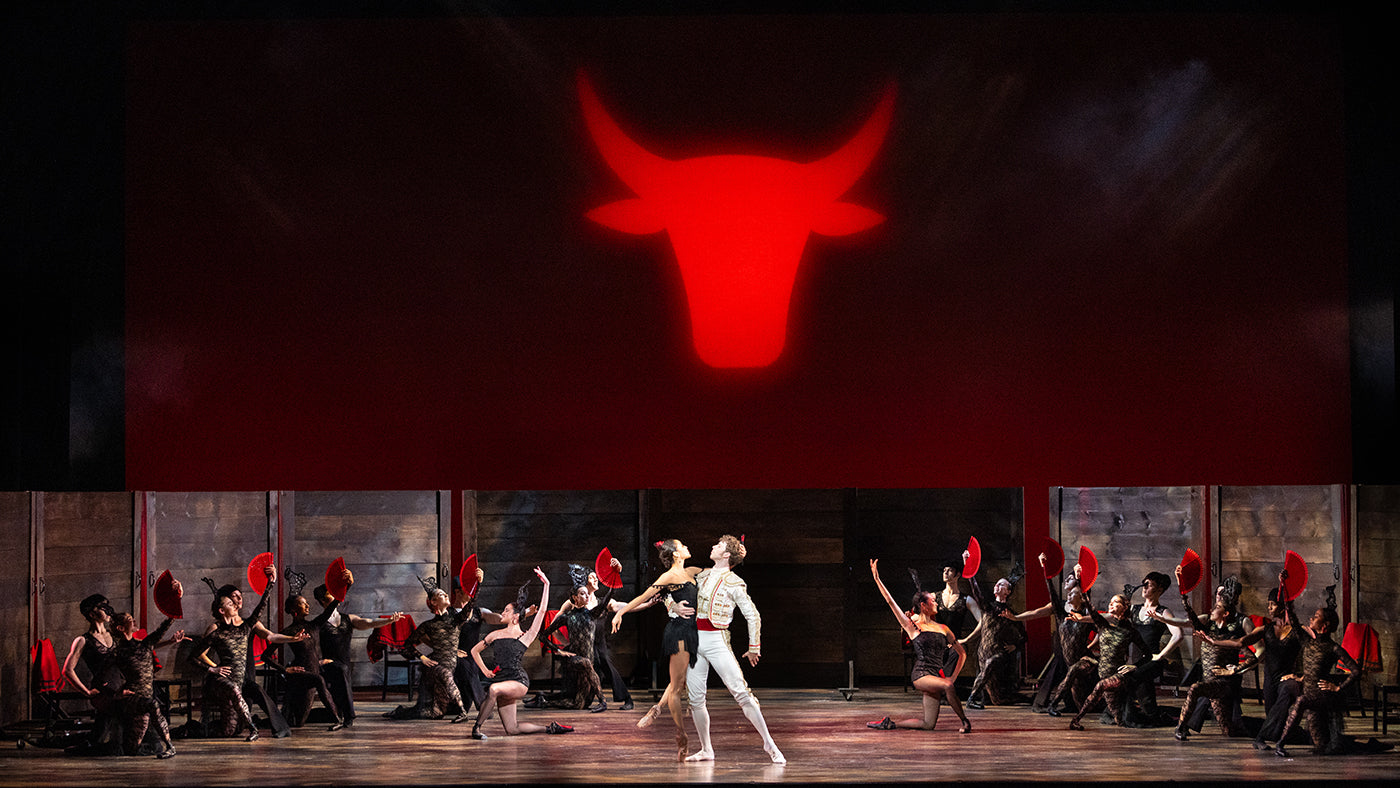Natural Histories
Miriam Miller steps into the center and raises her arm with deliberation, pressing her palm upward to the vaulted Gothic ceiling of the cathedral.
Continue Reading
World-class review of ballet and dance.
“Carmen” has been in the air this year. Especially at the Kimmel Cultural Campus. Almost as a prelude to the Philadelphia Ballet’s “Carmen,” the Philadelphia Orchestra presented choreographer Brian Sanders’ aerial play on Rodion Shchedrin’s 1967 “Carmen Suite” (created for his wife, the Bolshoi’s Maya Plisetskaya) last March at Verizon Hall. Sanders’ version, with life-sized dueling bulls dangling over the orchestra as Yannick Nézet-Séguin conducted, was phenomenally daring and often comical. It all happened down the block from the venerated Academy of Music, also part of the campus where Ángel Corella unveiled his new full-length ballet, “Carmen.”
Performance
Place
Words




Miriam Miller steps into the center and raises her arm with deliberation, pressing her palm upward to the vaulted Gothic ceiling of the cathedral.
Continue ReadingIn a series called “Just Dance” on Nowness—a site I sometimes visit to see what’s up in the world of “genre busting” dance films that make it onto this stylized platform—I sometimes find little gems that quietly rock my world.
Continue ReadingBack in October, New York City Ballet got a new cowboy. His arrival occurred in the final section of George Balanchine’s “Western Symphony.”
Continue ReadingWhen Richard Move enters from stage left, his presence is already monumental. In a long-sleeved gown, a wig swept in a dramatic topknot, and his eyes lined in striking swoops, the artist presents himself in the likeness of Martha Graham—though standing at 6’4, he has more than a foot on the late modern dance pioneer.
Continue Reading
comments